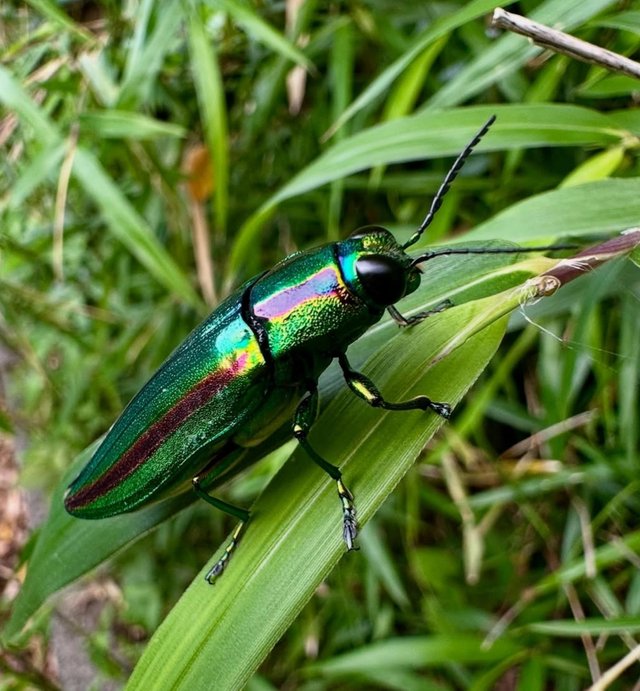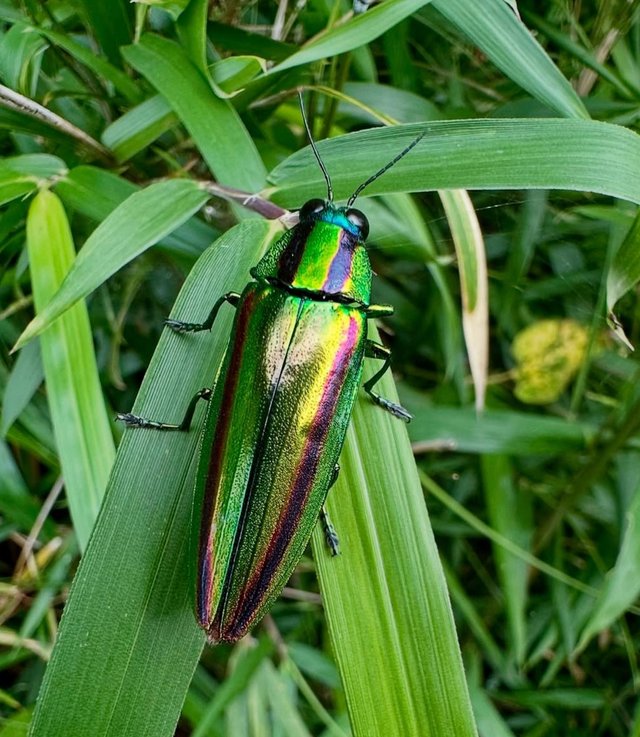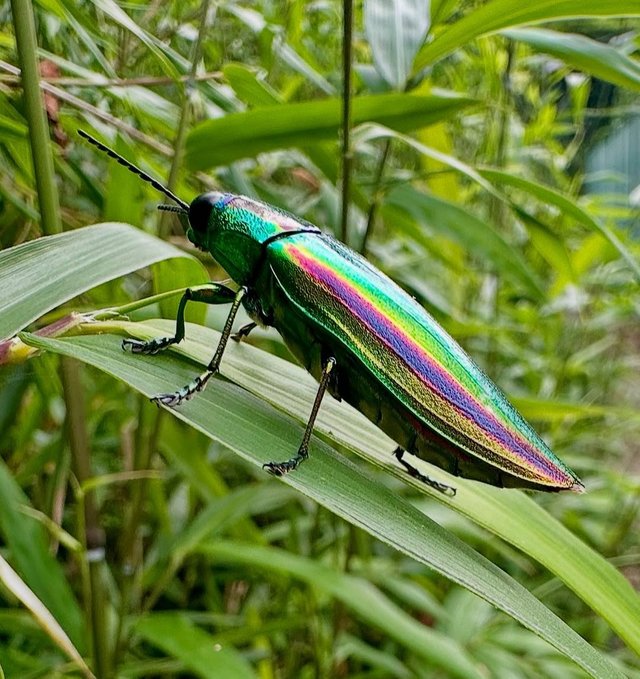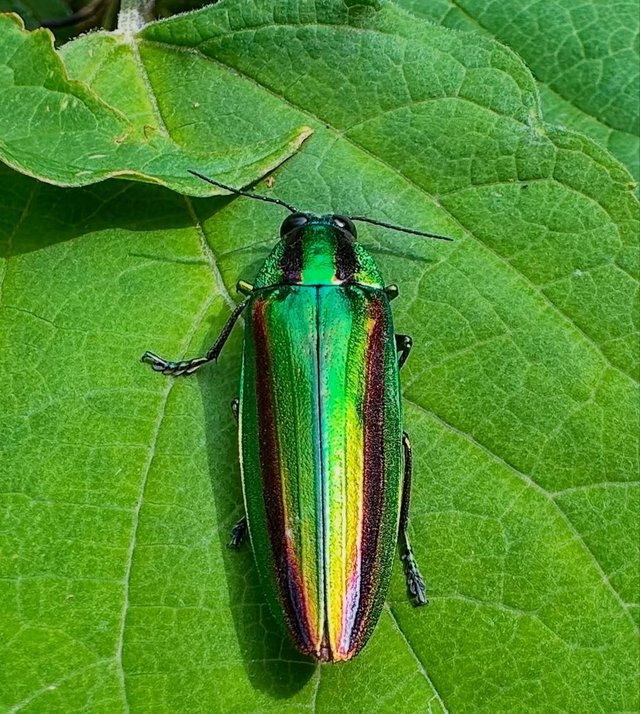So Cute Chrysochroa Insect
Chrysochroa: The Jewel Beetles of the Tropics
The genus Chrysochroa is a spectacular group of beetles belonging to the family Buprestidae, commonly known as jewel beetles. Famed for their dazzling metallic colors and iridescent sheen, Chrysochroa species are a stunning testament to the wonders of insect evolution and diversity. Native primarily to tropical and subtropical regions of Asia, particularly Southeast Asia, these beetles captivate entomologists, collectors, and nature lovers alike.
Taxonomy and Classification
Kingdom: Animalia
Phylum: Arthropoda
Class: Insecta
Order: Coleoptera
Family: Buprestidae
Genus: Chrysochroa
This genus includes dozens of species, with some of the most well-known being Chrysochroa fulgidissima, Chrysochroa buqueti, and Chrysochroa rajah.
Dazzling Colors and Iridescence
One of the most remarkable features of Chrysochroa beetles is their shimmering metallic coloration. Ranging in hues from emerald green to ruby red, cobalt blue to gold, these colors are not due to pigments but are a result of structural coloration. The beetles’ exoskeletons contain microscopic layers that interfere with light, reflecting different wavelengths and creating a prism-like effect. This means that the beetles may appear to change color depending on the angle of light—a feature that not only mesmerizes observers but may serve adaptive purposes, such as camouflage among glossy tropical leaves or confusing predators.
Habitat and Distribution
Chrysochroa beetles are mainly found in the humid, forested areas of:Southeast Asia
Southern China
India
The Philippines
Parts of Japan
These beetles are typically arboreal, meaning they spend most of their lives in trees. Adults can often be spotted basking on sunlit trunks or leaves, where their radiant colors blend surprisingly well into the dappled light of the forest canopy.
Life Cycle and Behavior
Like all beetles, Chrysochroa undergo complete metamorphosis with four distinct stages: egg, larva, pupa, and adult.
Eggs are laid in crevices or under the bark of trees.
Larvae are wood-borers and spend a significant portion of their lives tunneling through dead or dying hardwoods. This larval stage can last for several months or even years depending on the species and environmental conditions.




%20(10).jpeg)